Service hotline
+86 0755-83975897
Release date:2021-12-28Author source:KinghelmViews:643
The RF receiving front end includes LNA, filter, mixer and other components. From the perspective of noise factor cascade, it is hoped that the first stage of the receiving link is a high gain and low noise figure amplifier, so as to obtain a lower system noise figure and improve the receiving sensitivity.In addition to LNA, the receiving link also has a key component - the mirror frequency suppression filter, which is located before the mixer to filter the mirror frequency noise and mirror frequency signal, so as to improve the SNR and anti mirror frequency interference ability of the whole receiving link.
The influence of introducing the mirror frequency suppression filter on the system noise bottom will be described in detail through formula derivation.
1. Mirror frequency suppression filter
Figure 1 shows a simplified RF front-end receiving link, including LNA, filter and mixer. Assuming that the mirror frequency suppression filter is ideal, that is, the insertion loss is 0dB and the out of band suppression is infinite, the mirror frequency noise can be completely suppressed. The room temperature is assumed to be t0=290k, receive link termination 50 ohm load, GAAnd FAGain and noise factor of LNA, GMAnd FMAre the gain and noise factor of mixer respectively.

Figure 1 Simplified RF receiving front end: mirror frequency suppression filter
The input noise power of the receiving front end is nin=kBT0, the total output noise power is


From the perspective of system cascade, the noise factor and total gain of the whole receiving link are

Since the current room temperature is 290k, the total output noise power is

Equation 2 and equation 4 are consistent, which is the calculation process of the noise bottom of the whole receiving link when there is a mirror frequency suppression filter.
2. Non mirror frequency suppression filter
Figure 2 shows a simplified RF receiving front end without a mirror frequency suppression filter. Due to the working characteristics of the mixer, when the receiving link works, not only the noise in the expected working frequency band will be converted to the intermediate frequency, but also the noise in the mirror frequency band will be converted to the intermediate frequency, which will double the noise power output by the system compared with that with a mirror frequency suppression filter.

Figure 2 Simplified RF receiving front end: no mirror frequency suppression filter
It is assumed that the conversion loss of mixer in the mirror frequency band is , the gain and noise factor of LNA in mirror frequency band are
, the gain and noise factor of LNA in mirror frequency band are and
and 。 Only the simplest case is considered here. The following formula derivation and analysis will be based on the following assumptions:
。 Only the simplest case is considered here. The following formula derivation and analysis will be based on the following assumptions:

The total output noise power of the whole receiving link is

Equation 5 is brought into the above equation

The above formula can be further simplified

From the perspective of system cascade, the noise factor and total gain of the whole receiving link are

It is worth mentioning that since there is no mirror frequency suppression filter, for mixer, the noise power fed by the previous LNA is twice that when there is a mirror frequency suppression filter, so the above formula needs to be adjusted. It can be equivalent to the following structural block diagram with mirror frequency suppression filter.

Figure 3 Equivalent to the structural block diagram with mirror frequency suppression filter
In the figure above, the noise factor of LNA is equivalent to 2FA, the gain remains unchanged; The gain of LNA can also be equivalent to 2GA, the noise factor remains unchanged. For simplicity, it is still assumed that the mirror frequency suppression filter is ideal.
At this time, the total noise factor and gain of the whole receiving link are

Then the output noise power of the whole receiving link is

Equation 11 and equation 8 are consistent. If the gain of LNA is equivalent to 2GA, if the noise factor remains unchanged, the total noise factor and gain of the whole receiving link are

Then the output noise power of the whole receiving link is

(equation 13)
Equation 13 and equation 8 are consistent. This is the calculation process of the noise bottom of the whole receiving link when there is no mirror frequency suppression filter.
Conclusion:Comparing the noise bottom in the two cases of whether there is a mirror frequency suppression filter, it can be seen from equations 4 and 8 that if the gain of LNA is very high, the bottom noise without a mirror frequency suppression filter is close to twice the bottom noise with a mirror frequency suppression filter. Comparing Equations 3 and 10, it can be seen that when the gain of LNA is very high, the total noise factor without mirror frequency suppression filter is close to twice the total noise factor with mirror frequency suppression filter.
This article is reproduced from“Microwave RF network”, support the protection of intellectual property rights. Please indicate the original source and author for reprint. If there is infringement, please contact us to delete.
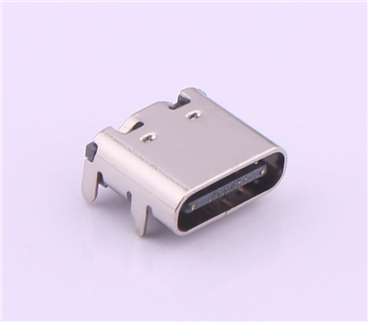
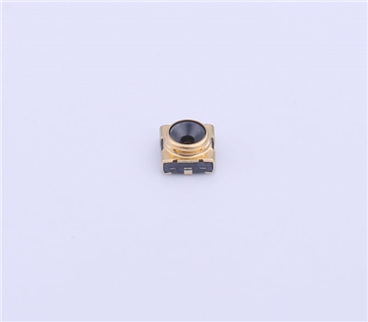
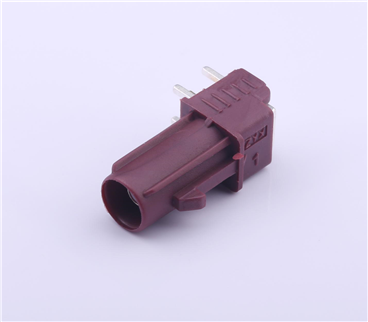
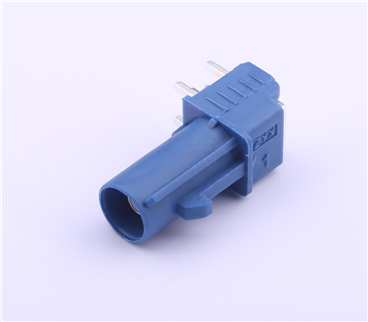
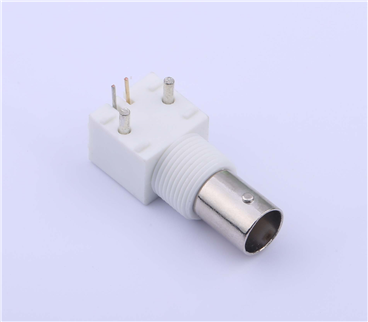
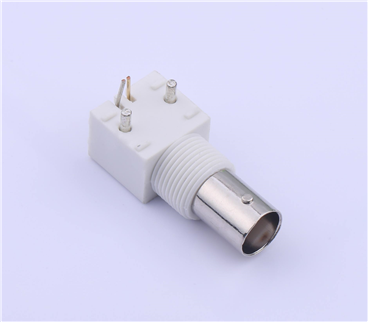

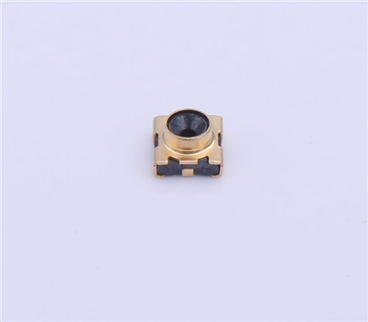
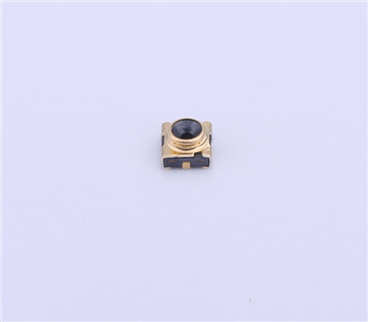
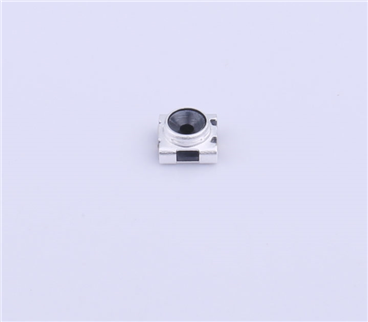
Copyright © Shenzhen Kinghelm Electronics Co., Ltd. all rights reservedYue ICP Bei No. 17113853